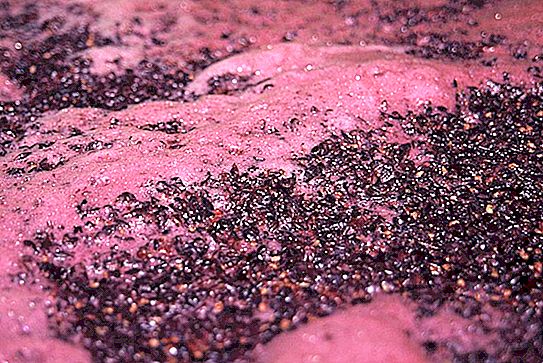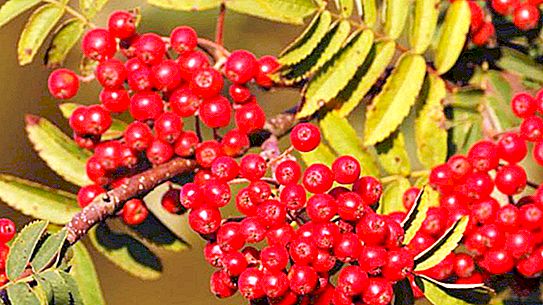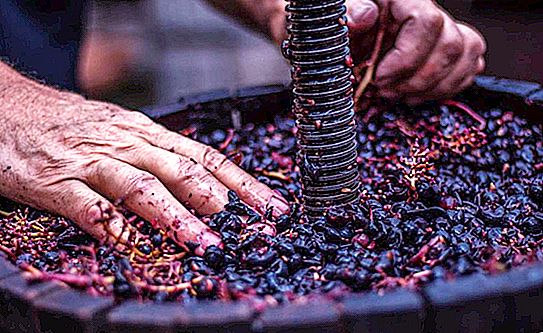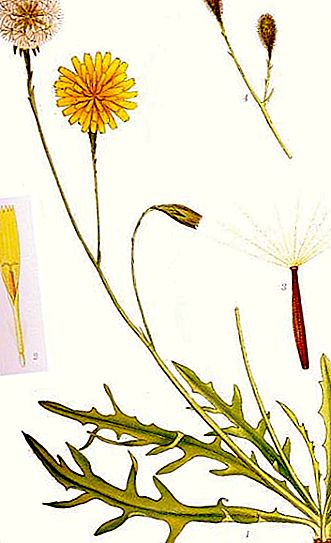Homemade wine is a tradition of many nations. Nowadays, housewives often produce tinctures, liquors, and liquors with their own hands. Such drinks are characterized by original taste, decent quality and natural composition. None of them can be compared with the store.
However, making homemade wine is not an easy task. It will require a lot of patience, time and effort from the winemaker. And before you do this, you should carefully study the theoretical part. Today we will talk about what a pulp is.
Definition
The pulp is called pulp from crushed berries, which also includes juice, peel of fruit, seeds, etc. This pulp is considered a product of the initial stage of home winemaking. It seems to be clear what a pulp is. Why is it needed?

Of course, every amateur winemaker knows that fermentation is provided by the presence of sugar and yeast in the wort. Someone prefers to use pure juice and add yeast to it. This is usually the way to make liquors. For wine, the natural version of fermentation is more often used.
Yeast is a microorganism that, under appropriate conditions, multiplies and processes the original product. To ensure the fermentation process, certain conditions are required: first of all, the temperature in the room is 18-22 degrees. On the skin of the fruit there are microorganisms that help fermentation. For this reason, do not recommend washing the berries before use. So, thanks to the pulp of fruits or berries, you can start the natural process of fermentation of the product.
The pulp may be the original or the one that remains after separation of the grape must.
There are several ways to cook it. They depend on the consistency of the juice.
Liquid Juice Fruits
This refers to cherry, white and red currants. After crushing them into the pulp, immediately add water at the rate of 200-300 ml per kilogram of pulp. The mass is mixed and pressed so that the juice appears. It is important to remember the amount of fluid added.
Thick juice
Fruits that give juice of a thick consistency are black currants, raspberries, blueberries, gooseberries, plums. To facilitate the pressing process, the fruits are first heated in an enamel bowl for 30 minutes at a temperature of 60 ° C. Pre-pour water at 70 ° C at the rate of 300 ml per kilogram of pulp. The heated product is pressed. The amount of liquid added is recorded.
Fermented pulp - what is it?
This method is considered the best in the preparation of the necessary pulp. It consists in the fact that the pulp is first subjected to fermentation, and then pressed. It is not necessary to warm it before processing, except for the fruits of Japanese quince.
Thus, a pulp of any berries is prepared. Before quenching, the fruits of Japanese quince are heated with the addition of water to 60 ° C, and cooled before pressing to 24 ° C.
The crushed pulp is placed in an enameled, glass or oak dish, water is added at 24 ° C, 250 ml per kilogram of pulp, as well as yeast fermentation infused for 4 days. The volume of fluid is recorded. The contents are mixed.
Covering the dishes with a clean towel, leave to roam in a room with a temperature of 20-22 ° C. Fermentation usually begins the next day.
In this case, carbon dioxide is released, the pulp rises, and a “cap” is formed. This layer is mixed several times a day so that the raw materials do not sour, and the wine itself does not turn into vinegar. After 2-3 days, the pulp can be pressed.
In general, the method is not simple, it requires a lot of attention from the winemaker, but it greatly improves the quality of the finished drink. During fermentation, coloring substances and aromas are extracted from the skin of the berries. The wine obtained in this way has an intense color and rich taste.
For mountain ash
There is another way to make pulp. It is suitable only for mountain ash. Before pressing, the fruit pulp is insisted with the addition of water at a temperature of 10-12 ° C. If the mountain ash was dried, it takes 3-4 days, and more water 3-4 times. The volume of fluid should be recorded.

If there were several pressings, the juice obtained is different. First appears the so-called gravity flow. After pressing - juice of the first pressure. Then water is added to the pulp, mixed, squeezed again, so the juice of the second pressure is obtained. The latter has less acid and sugar compared to the former, but more flavor. To prepare a drink, mix juices of all fractions.
Juice coming out of the press and mixed with water is called "must". If there is no special press, you can squeeze the juice manually using a pouch. If you separate the pulp using a juicer or any other similar device, the quality of the wine will deteriorate significantly.

What to do with the pulp?
After the pulp has given away the liquid all that is needed, it should be carefully removed. The pulp is separated. Finished wort is filtered through cheesecloth. And what remains at the bottom (wine soot) can be used to prepare other drinks.
What to make of pulp? The pulp itself can be thrown into compost or given to animals as feed. An experienced hostess will undoubtedly find her application.
In wine, fermentation continues. And before you can enjoy your own drink, a lot of time will pass. However, this is no longer the subject of consideration in the article. We were only interested in what the pulp was.







